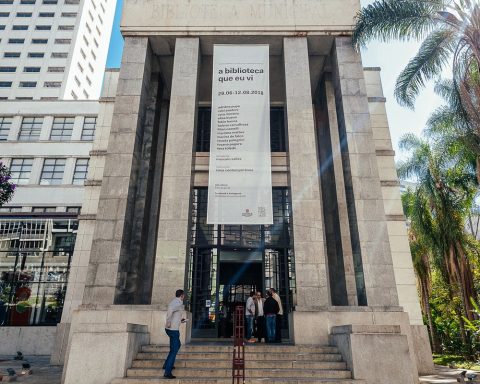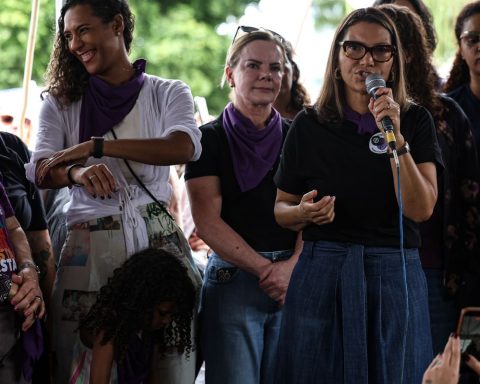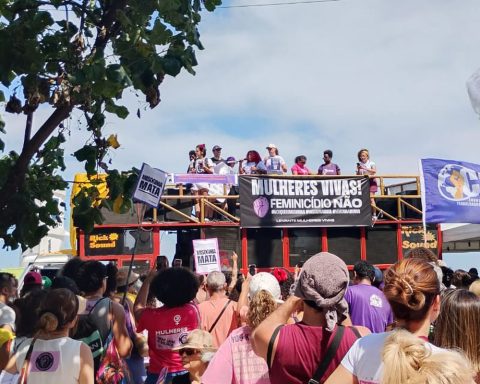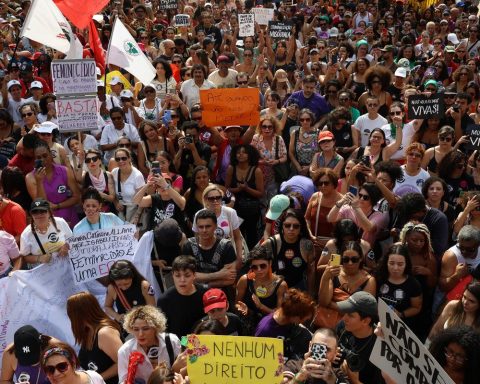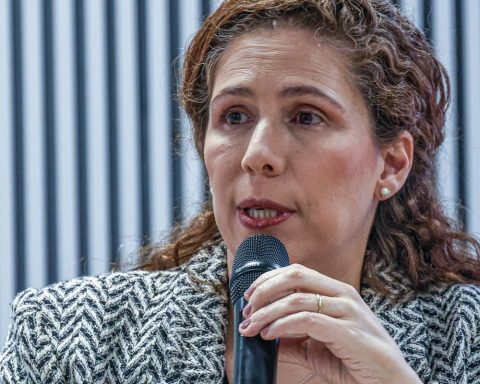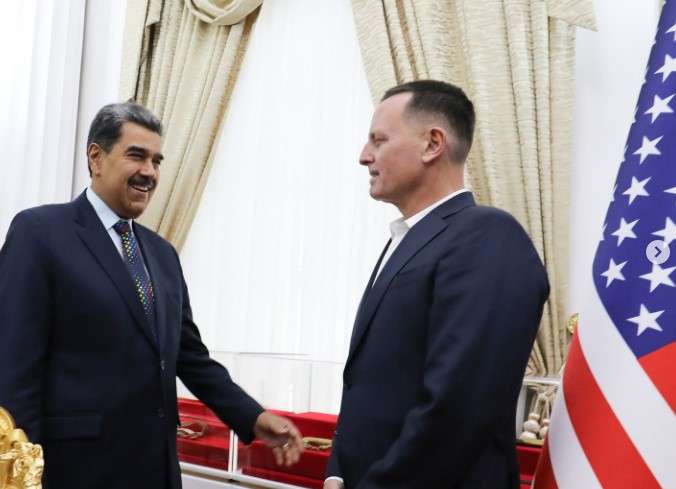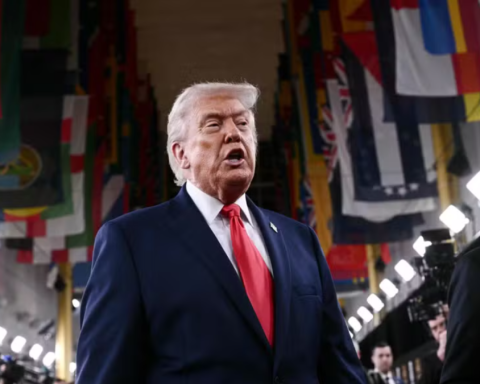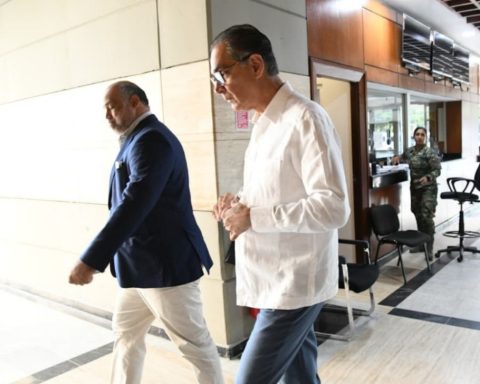The Ministry of Education (MEC) launched, on Friday (31), two guides that deal with the conscious use of cell phones at school: one focused on schools across the country, and the other, education networks.

Publications encourage conversations with education professionals and the definition of strategies to put their cell phone and tablets as part of the learning process. In addition, documents give practical guidance on challenges, opportunities and strategies for the conscious use of cell phones in the school environment. According to the Ministry of Education, the focus is on pedagogical use.
To the MEC Publications They arrive after the sanction of Law No. 15,100/2025 in January this year. THE new legislation regulates the use of personal portable electronic devices – cell phones Smartphones and tablets – During classes, recess and intervals at all stages of basic education. The prohibition does not apply to the pedagogical use of the devices.
The Minister of Education, Camilo Santana, warns of damage caused by the excessive use of these electronic equipment to the learning and quality of life of students. Camilo encourages the conscious use of technology for pedagogical purposes. “We do not want to prohibit use, but to protect our children, contributing to the school to be a learning and interaction environment,” explained the minister in Webinar (video conferencing) transmitted by the MEC channel on YouTube on Friday.
Where to find
The new materials were published on the platform MEC Red of digital educational resources.
The first guide called “awareness for the use of cell phones at school: why do we need to talk about it?” intended for schools, can be Downloaded at this link.
The document reports studies that point out that the simple presence of mobile phone near the student can negatively impact the learning and development of children and adolescents and cause mental disorders and dependence. “At school, prolonged use of mobile phone decreases opportunities for social interaction among students, impairing the development of social and emotional skills,” says the guide. In addition to considering that children and adolescents may be more exposed to inappropriate content and risk situations.
The second guide – focused on teaching networks across the country – It is available in link.
On the pages, the reader finds examples of Brazilian public and private schools and other countries that restricted the use of cell phones on teaching units, including the moments of playground and intervals between classes.
Digital material also explains that, with pedagogical planning, intentionally, mobile phone can serve as a relevant tool to expand access to education and enrich teaching practices, especially in contexts of inequality. “Digital and media education are strategic approaches to ensure that the use of these technologies not only supports access to education, but also develops critical, ethical and citizen skills in the use of information and digit means,” argues the MEC guide.
